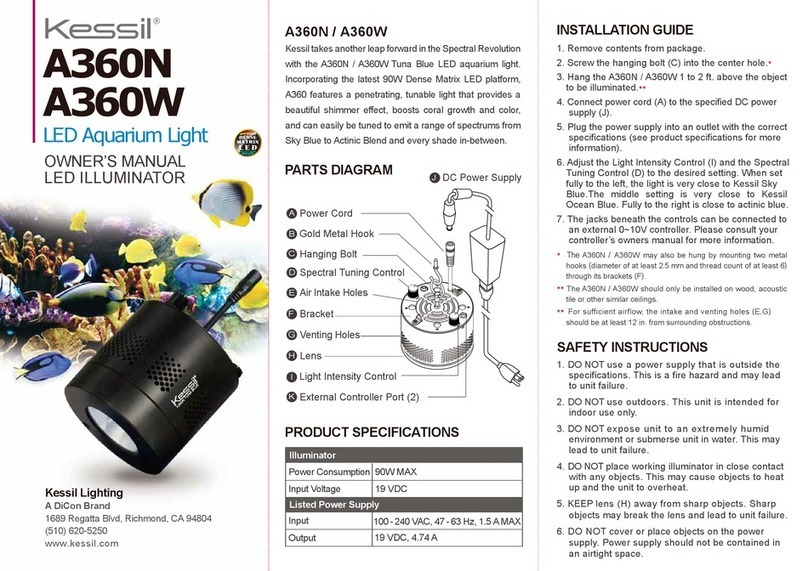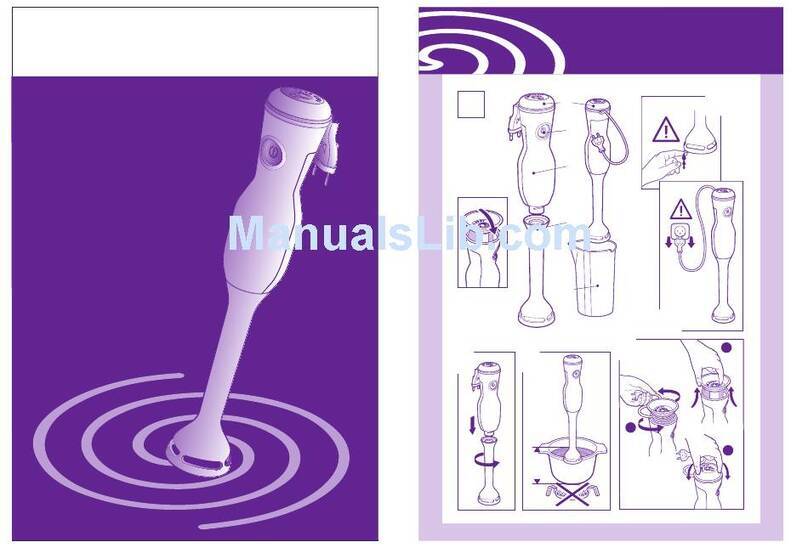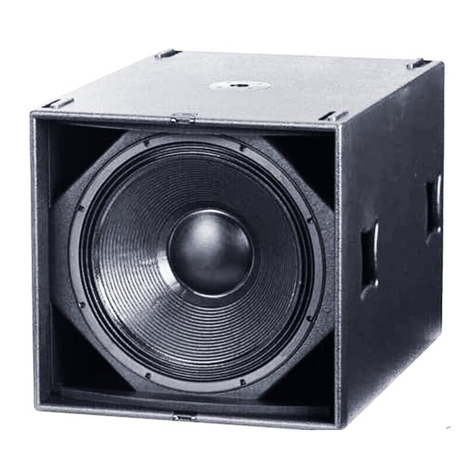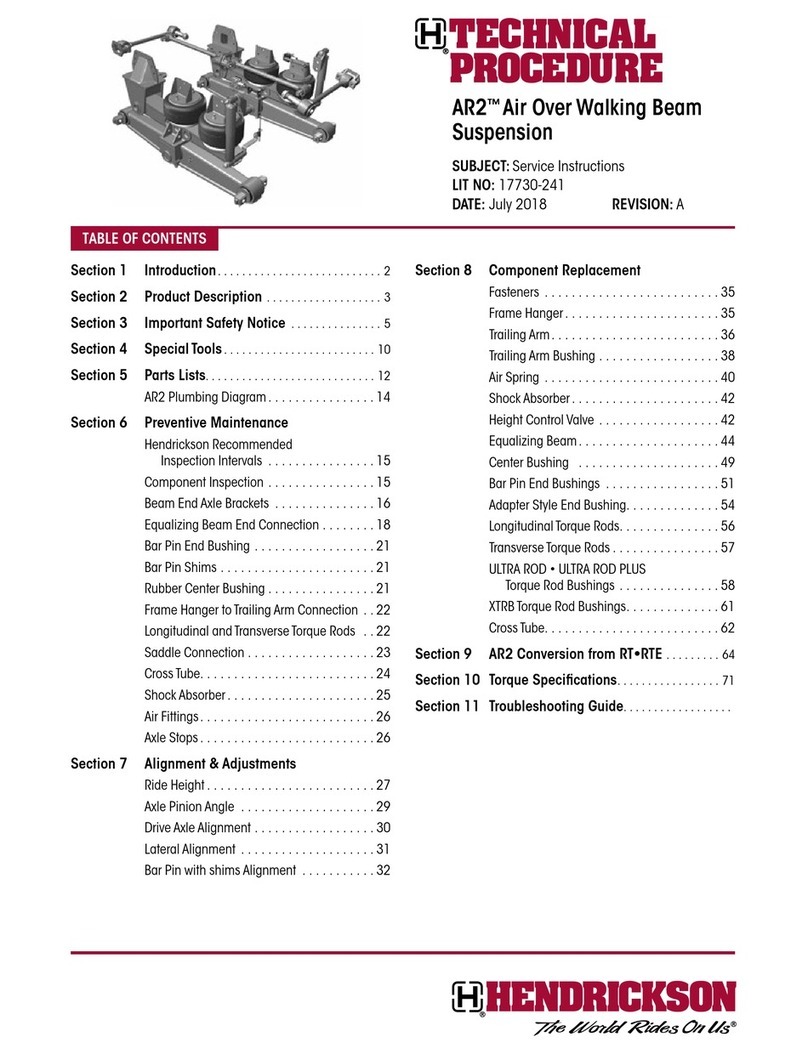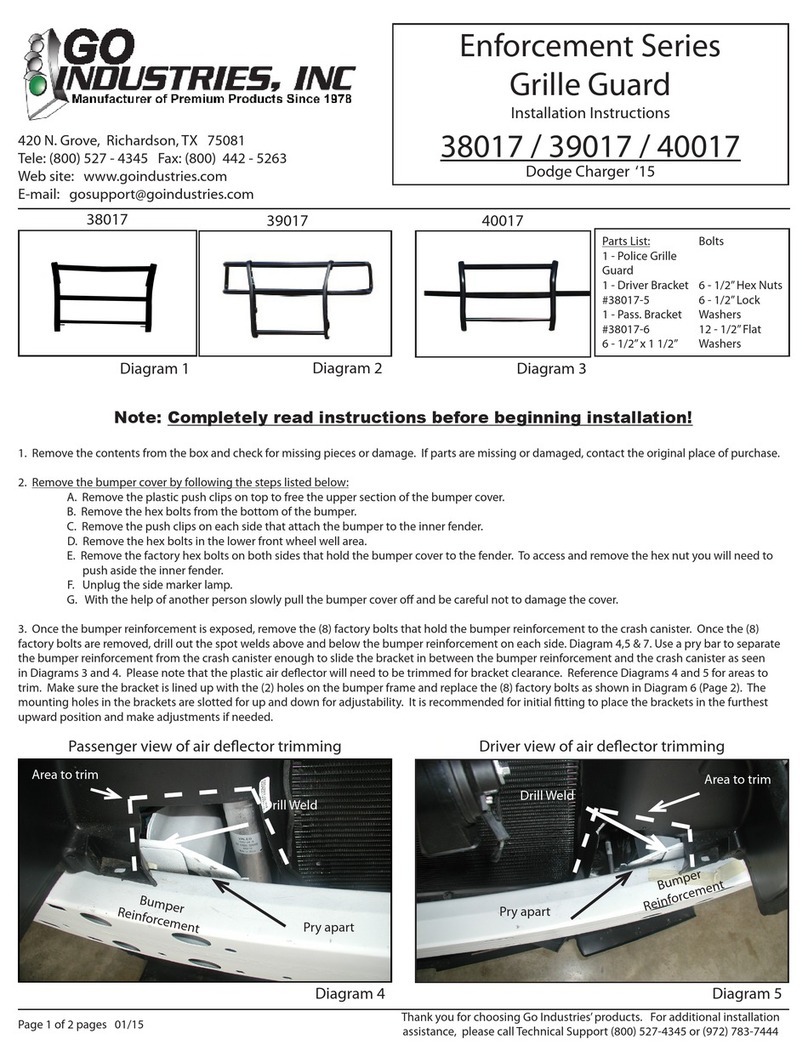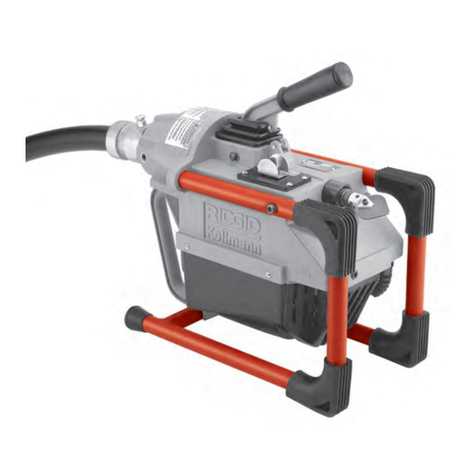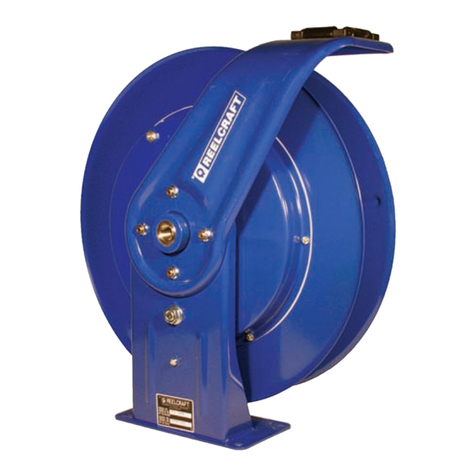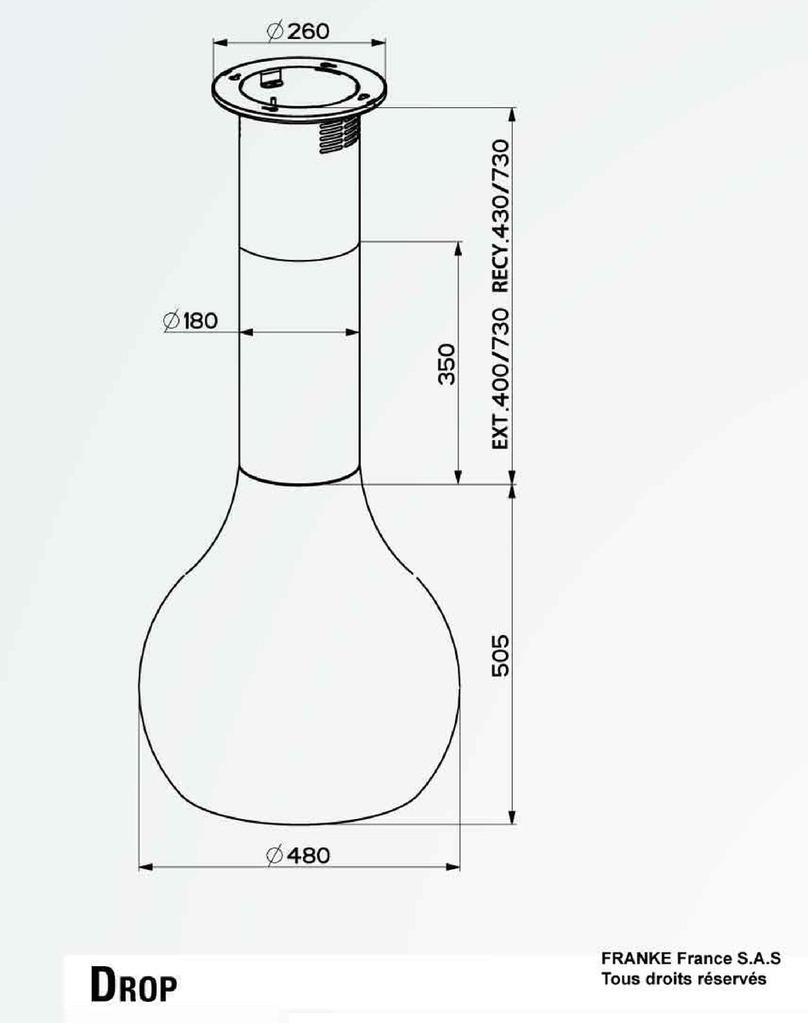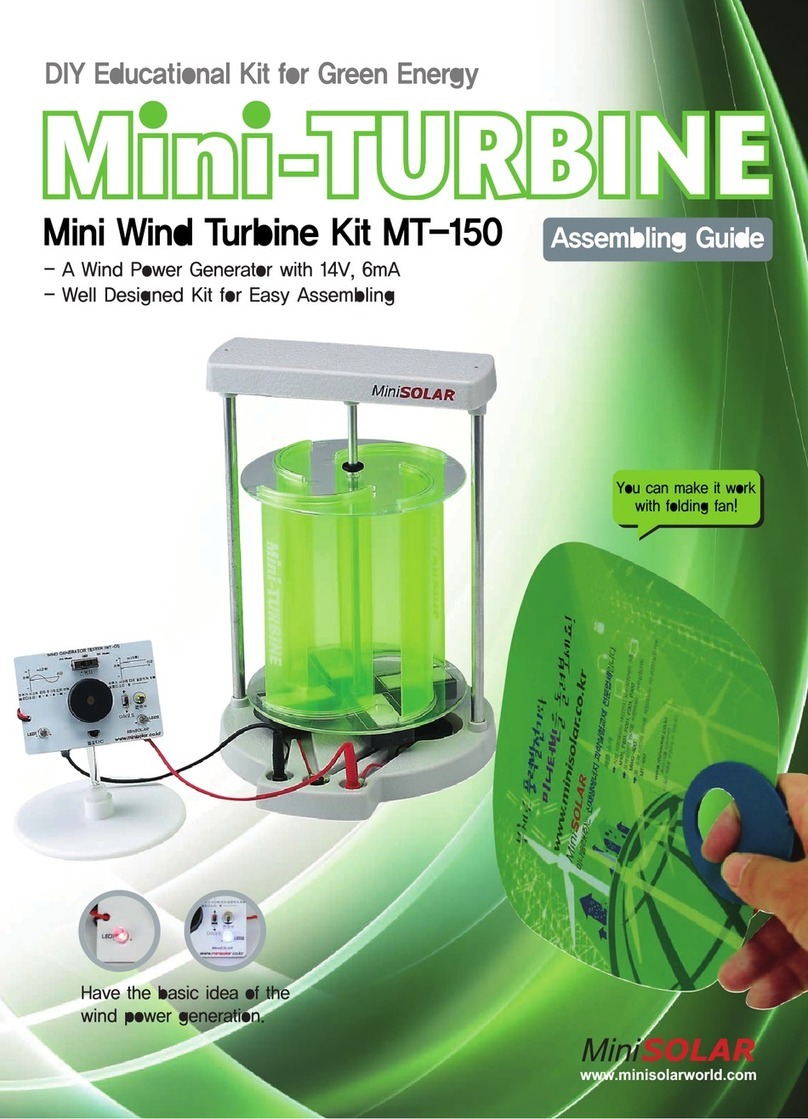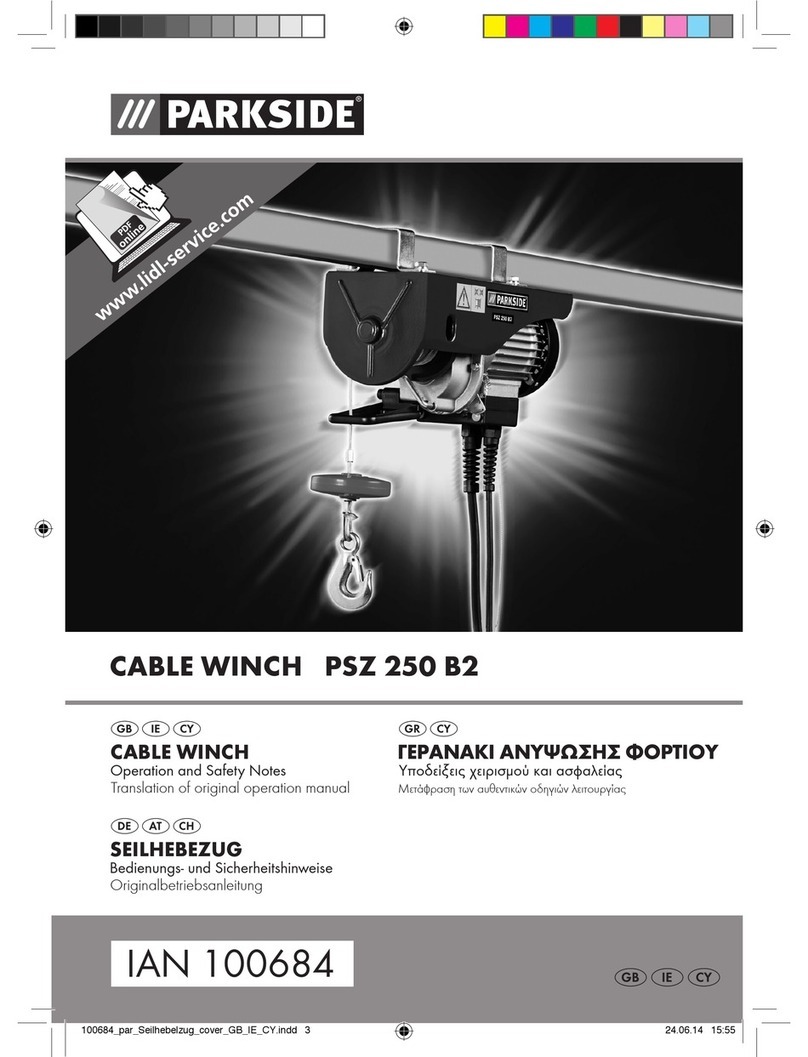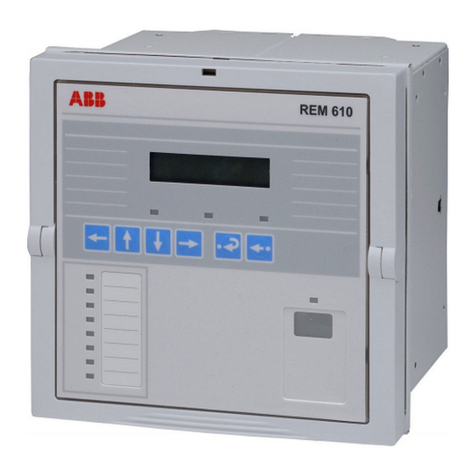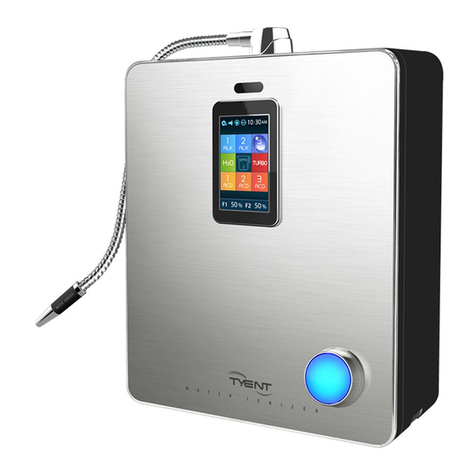Radiocrafts RC1 0 Series User manual

Radiocrafts
Embedded Wireless Solutions RC1xx0 / 2x00DK
2008 Radiocrafts AS RC1xx0 / 2x00DK Demonstration Kit version 3.0 User Manua (rev. 3.1) Page 1 of 14
RC1xx0 / 2x00DK Demonstration Kit User Manual
Table of contents
TABLE F C NTENTS ..........................................................................................................1
QUICK START GUIDE ............................................................................................................2
INTR DUCTI N .....................................................................................................................3
DEM NSTRATI N B ARD ...................................................................................................4
P WER SUPPLY SECTI N ...................................................................................................5
RS-232 INTERFACE ...............................................................................................................6
C NTR LLING C NFIG-M DE VIA THE RS232 P RT ......................................................6
C NNECT RS .......................................................................................................................7
PUSH BUTT NS.....................................................................................................................7
USING THE DEM NSTRATI N KIT ......................................................................................7
ANTENNA SELECTI N VERSUS RANGE PERF RMANCE................................................8
CIRCUIT DIAGRAM ................................................................................................................9
BILL F MATERIALS ...........................................................................................................10
PCB LAY UT........................................................................................................................11
TR UBLESH TING...........................................................................................................13
D CUMENT REVISI N HIST RY .......................................................................................14
DISCLAIMER.........................................................................................................................14
TRADEMARKS .....................................................................................................................14
LIFE SUPP RT P LICY.......................................................................................................14
C NTACT INF RMATI N ...................................................................................................14

Radiocrafts
Embedded Wireless Solutions RC1xx0 / 2x00DK
2008 Radiocrafts AS RC1xx0 / 2x00DK Demonstration Kit version 3.0 User Manua (rev. 3.1) Page 2 of 14
Quick Start Guide
How do I set up a simple link between the boards?
To do a basic communication test, do ike this for each of the Demonstration Boards:
• Attach the antenna to the SMA connector
• Connect the RS232 port to a PC
• Start a termina program on the PC ( ike Microsoft HyperTermina ). Make sure to
se ect the correct seria port, set data rate 19200, 1 start bit, no parity, 1 stop bit, no
f ow contro .
• Connect the battery e iminator p ug to the DC jack. Put the battery e iminator in the
wa out et socket.
The modu e wi now be in id e mode istening for a va id data packet to arrive.
Now you can enter data in one termina window and after approximate y 2 seconds timeout,
the ASCII string is transmitted to the other modu e and shown in the other termina window if
the transmission was successfu .
How do I go on and change the RF channel or any other parameter?
To change configurab e parameters, assert the CONFIG pin (pu ing ow by pressing
CONFIG-button, see Figure 1), and send the command string using the same seria interface
as for transmitting data. Parameters can be changed permanent y and stored in non-vo ati e
memory in the modu e. The detai s for this you shou d ook up in the RC232 User Manua .
The best way to use the configuration interface of the modu e is to use a termina program
that provides the possibi ity to send and receive binary / hexadecima numbers, and not on y
ASCII characters.

Radiocrafts
Embedded Wireless Solutions RC1xx0 / 2x00DK
2008 Radiocrafts AS RC1xx0 / 2x00DK Demonstration Kit version 3.0 User Manua (rev. 3.1) Page 3 of 14
Introduction
The RC1xx0 and RC2x00 RF modu es with embedded protoco provide a very compact
so ution for a wide range of app ications. The Demonstration Kit is designed to make it easy
for the user to eva uate the modu e and deve op an app ication and bui d prototypes very
quick y.
The Demonstration Kit inc udes two Demonstration Boards. The Demonstration Boards
contain the RC1xx0 or RC2x00 modu e and associated support circuits. The board can easi y
be operated using a PC termina emu ator.
This User Manua describes how to use the Demonstration Kit and provides detai ed
documentation for the Demonstration Board.
The Demonstration Kit inc udes what you need to eva uate the RF performance of the
modu es, deve op your own app ication interfacing the modu es, and can a so be used to bui d
a prototype of your app ication.
Your Demonstration Kit shou d contain the fo owing items:
Kit contents
Item Number of articles
Demonstration Board (RC1xx0/RC2x00DB) 2
Antenna, 50Ω quarter-wave monopo e, SMA ma e connector 2
SMA to BNC adapters 2
RS232 seria cab e (1:1) 2
AC/DC battery e iminator 6VDC 2

Radiocrafts
Embedded Wireless Solutions RC1xx0 / 2x00DK
2008 Radiocrafts AS RC1xx0 / 2x00DK Demonstration Kit version 3.0 User Manua (rev. 3.1) Page 4 of 14
Demonstration Board
The Demonstration Board contains a seria port driver circuit for RS232 and the 9-pin D-Sub
connector, buttons (CONFIG, TXEN, RXEN, RESET), vo tage regu ator, configuration
jumpers and connectors to make it easy to interface the onboard modu e with various test
equipment or the host used in an app ication. Not a components are needed in an actua
app ication. P ease see the datasheet for each specific modu e for a typica app ication circuit.
The Demonstration Board comes in different versions, equipped with the different variants of
the modu es. Among the frequencies supported are 433 MHz, 868 MHz, 915 MHz and 2.45
GHz. For each frequency there exist narrowband versions (RC12x0-series) and wideband
versions (RC10x0-series and RC2x00). This covers the most used frequency bands, the 433
MHz band in Europe and the US, the 868 MHz band in Europe, the 902-928 MHz band in the
US and the 2 450 MHz band wor d wide. The actua modu e mounted can be seen on the
marking on the modu e itse f.
Figure 1: RC1xx0/RC2x00 Demonstration Board
Antenna connector
RESET
Supp y vo tage
termina b ock
Digita I/O
connector
RX232 D-Sub
DC jack
RC1xx0 or
RC2x00
TXEN RXEN
CONFIG

Radiocrafts
Embedded Wireless Solutions RC1xx0 / 2x00DK
2008 Radiocrafts AS RC1xx0 / 2x00DK Demonstration Kit version 3.0 User Manua (rev. 3.1) Page 5 of 14
Power supply section
The board contains a vo tage regu ator. You can choose between app ying a 4-10V
unregu ated supp y vo tage at the DC jack ( ike the equipped battery e iminator), or the screw
termina where a battery pack or some other supp y can be connected. The on-board
regu ator drops the vo tage to 3.0V.
Input supp y vo tage range is 4 – 10 V. A series diode protects the circuit against wrong
po arity.
An ampere meter can be connected in order to measure the DC current drawn by the modu e.
Remove the jumper on connector P15 and connect the ampere meter between the two pins
as shown in the figure be ow.
Figure 2. Module current consumption measurement
As shown in the figure above there are a so avai ab e connection points for setting the modu e
in OFF mode and for VDD monitoring, both optiona connections for test purposes.
Note: The 100k pu -up resistor R2 wi draw approximate y 27 uA in OFF mode if not
removed. The pu -up resistor is used to keep the modu e in ON mode for norma use. In a
rea app ication this pin cou d be contro ed by a digita output, and (the pu -up) R2 cou d be
omitted, and hence the very ow OFF mode current consumption cou d be achieved.
Remove jumper and connect
ampere meter at P15 to
measure current consumption
Short here to set modu e
in OFF mode
VDD output from modu e
avai ab e at P9 pin 5

Radiocrafts
Embedded Wireless Solutions RC1xx0 / 2x00DK
2008 Radiocrafts AS RC1xx0 / 2x00DK Demonstration Kit version 3.0 User Manua (rev. 3.1) Page 6 of 14
RS-232 interface
The Demonstration Board provides an RS232 driver circuit. The seria port is configured as a
data modem and a 1:1 cab e shou d be used to connect the board to the PC.
The RTS/CTS handshaking pair is a so provided, so that hardware handshaking may be used
on this port, but this is not enab ed in the defau t configuration from the factory. Handshaking
can be enab ed by changing the configuration in permanent memory, see RC232 User
Manua , and doing the fo owing changes:
• Remove jumper at P14
• Insert jumpers at P13 to connect CTS and RTS to the RS232 driver
Figure 3: Enabling CTS and/or RTS handshake
P13 is used to set jumpers to connect the modu e UART interface to the RS232 PHY driver.
Norma y the jumpers connecting RXD and TXD are insta ed, and provide UART
communication with a PC without handshaking. With the jumpers removed the modu es RXD
and TXD can easi y be connected to a host, for instance a microcontro er or externa
deve opment board. The tab e be ow shows the pinout and signa s at P13.
Pin no.
Signal Note
1 2 GND
3 4 CTS Insta jumper when using hardware handshake
5 6 RTS Insta jumper when using hardware handshake
7 8 CONFIG
9 10 TXD Jumper insta ed from factory
11 12 RXD Jumper insta ed from factory
13 14 GND
Note: The modu e CTS is set up during the first stop bit sent to the modu e when the buffer is
fu , and the host shou d then ha t further character transmissions to prevent character oss. If
the host can not detect the CTS quick y enough during hardware handshake, it shou d be
configured for two stop bits.
Controlling C NFIG-mode via the RS232 port
The modu e can enter CONFIG-mode by togg ing the RTS-signa from the host
(microcontro er or PC). By doing so, the Demonstration Board can act as a modem without
the need for manua y or with other circuitry asserting the CONFIG-pin.
Modification procedure: On the bottom side of the PCB ( ayer 2), so der a connection between
Pin 7 and Pin 8 on P13 as seen in Figure 4, right picture, if required (the pins might a ready
be connected on newest PCB revisions). Then p ace the jumpers as shown in Figure 4, eft
picture. Config-mode is now enab ed when RTS signa is asserted ow. RTS can norma y be
contro ed via various termina -programs.
Remove jumper at P14 for
enab ing CTS
Move jumpers at P13 to the
right for enab ing CTS and RTS

Radiocrafts
Embedded Wireless Solutions RC1xx0 / 2x00DK
2008 Radiocrafts AS RC1xx0 / 2x00DK Demonstration Kit version 3.0 User Manua (rev. 3.1) Page 7 of 14
Figure 4. Jumper placement and solder connection for connecting RTS to C NFIG
Connectors
The Demonstration Board is furnished with many connectors for easy access to a modu e
signa s.
P5 (and P13) bring out a the digita data and contro ines used to interface the modu e.
P9 brings out supp y vo tage and ON/OFF signa s. A 2.54 mm pitch pin-row can be mounted
at P9 if convenient.
P6 brings out digita I/O for future use and custom specific app ications, and ana ogue RSSI (if
app icab e for the modu e variant). A 2.54 mm pitch pin-row can be mounted at P6 if
convenient.
P7 brings out digita I/O for future use. A 2.54 mm pitch pin-row can be mounted at P7 if
convenient.
P8, P10 and P11 are for factory test on y and not equipped on the PCB.
Push buttons
The Demonstration Board is furnished with four push buttons connected to the contro signa s:
S1: RXEN. Pressing this button wi activate RX when using un-buffered mode.
S2: TXEN. Pressing this button wi activate TX when using un-buffered mode.
S3: CONFIG. Pressing this button wi activate configuration mode.
S4: RESET. Pressing this button wi activate the main RESET of the modu e.
Using the Demonstration Kit
The Demonstration Kit is usefu for providing hands-on experience with the RC1xx0/RC2x00
for both software and hardware deve opers.
Fo ow the Quick Start Guide instructions to hook up the kit.
The RC232 User Manua together with the Data Sheet for each specific modu e provides
information on how to change the configurations of the modu es.
Important: The use of radio transceivers is regulated by international and national rules.
Radiocrafts modules meet the regulations in EU and US/Canada for different frequency
variants. Make sure the local regulative are according to these rules. Your local
telecommunication authorities can provide more information on use of un-licensed radio
transmitter in your country.

Radiocrafts
Embedded Wireless Solutions RC1xx0 / 2x00DK
2008 Radiocrafts AS RC1xx0 / 2x00DK Demonstration Kit version 3.0 User Manua (rev. 3.1) Page 8 of 14
Antenna Selection versus range performance
The choice of antenna is crucia for achieving the maximum range for any radio system. Due
to the sma size of the PCB and the off-centre p acement of the onboard SMA connector the
Demo Boards wi not demonstrate the maximum range or omni directiona radiation. To
improve this, a arger groundp ane and a centred p acement of the antenna above this
groundp ane is required. One possib e so ution for maximum radiation is shown in the figure
be ow. With the addition of two different SMA adaptors and one sufficient y arge groundp ane
(radius ≥ L, ength of the antenna) and a good e ectrica connection to the GND- ayer, an
optimum performance of the antenna fo owing the kit is achieved.
Other antenna so utions can be tested by connecting to the excisting SMA fema e connector
on the Demo Board via one of the methods be ow:
1. So der the feeding point of the antenna to be tested direct y to an SMA ma e
connector and fasten to the SMA fema e connector
2. Connect to an externa antenna (or board with antenna) via a shortest possib e 50
Ohm coax cab e with minimum insertion oss
Figure 5: Extending size of ground plane with extra PCB
Radiocrafts Demo
Board
SMA male/male
adaptor
SMA female/female
adaptor in drilled
hole
Antenna
PCB with solid bottom
GND layer
Proper connection
betwen GND plane
and adaptor outer
shieldin
Antenna len th L
Minimum radius of
GND plane = L

Radiocrafts
Embedded Wireless Solutions RC1xx0 / 2x00DK
2008 Radiocrafts AS RC1xx0 / 2x00DK Demonstration Kit version 3.0 User Manua (rev. 3.1) Page 9 of 14
Circuit Diagram
The circuit diagram is shown be ow. A fu reso ution schematic is found in
RC1xx0DB_3_0.zip avai ab e from Radiocrafts’ webpage.

Radiocrafts
Embedded Wireless Solutions RC1xx0 / 2x00DK
2008 Radiocrafts AS RC1xx0 / 2x00DK Demonstration Kit version 3.0 User Manua (rev. 3.1) Page 10 of 14
Bill of materials
Reference Quantity Part number Description
C1 1
C_2U2_0603_X5R_K_10 Capacitor, 0603
C2 1
C_3U3_TAN_B Capacitor, tanta
C3-7 5
C_100N_0603_X7R_K_50 Capacitor, 0603
D1 1
BAT254 Diode, Si
D2 1
LED_CL150GCD Green LED
M1 1
RC1XX0 RF Modu e
P1 1
DSUB_9F D-Sub, 9 pin, fema e
P2 1
SCREW_TERM_2 2 pin termina , screw
P3 1
DC_JACK_2.5 DC jack, 2.5mm center pin
P4 1
SMA SMA connector, straight
P13 1
CON_2X7_TH_MALE Connector 14 pins, pin header
R1 1
R_0_0603 Resistor, 0603
R2;R7-9 4
R_100K_0603_G Resistor, 0603
R3 1
R_150_0603_G Resistor, 0603
S1-4 4
PUSH_BUTTON Push button, SMD
U1 1
MAX3232 RS-232 Transceiver, SO-16
U2 1
LP2980-3.0V 3.0V ow drop-out regu ator
U3 1
TPS3809J25 Vo tage supervisor, 2.5V, SOT-23
This manual suits for next models
1
Table of contents
